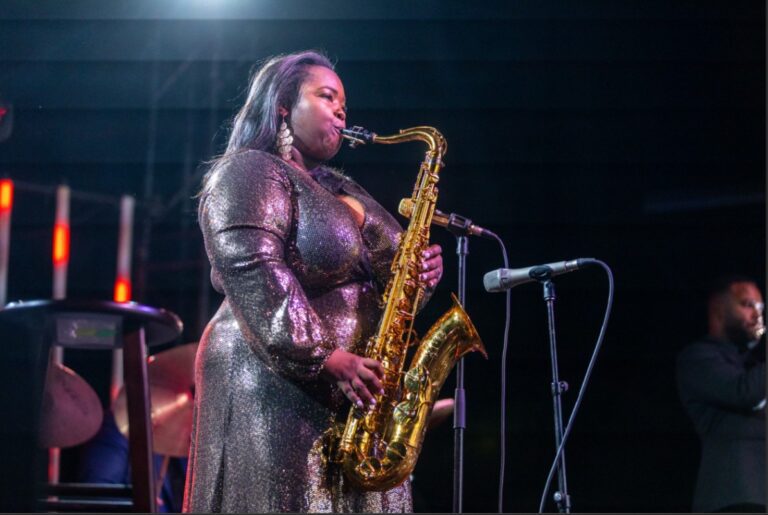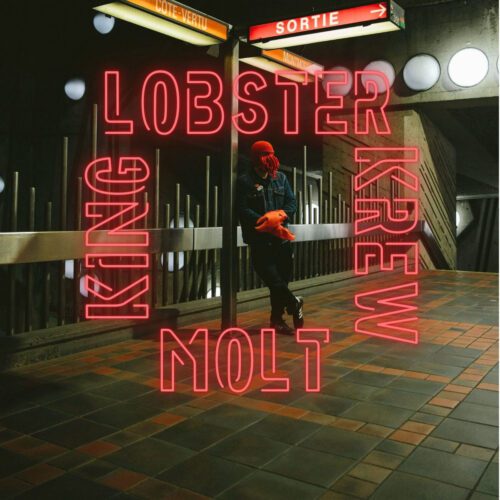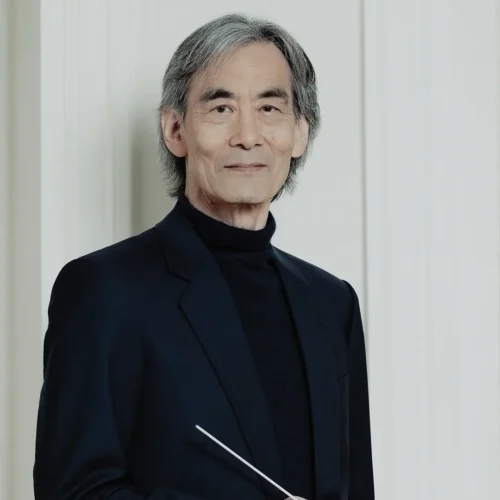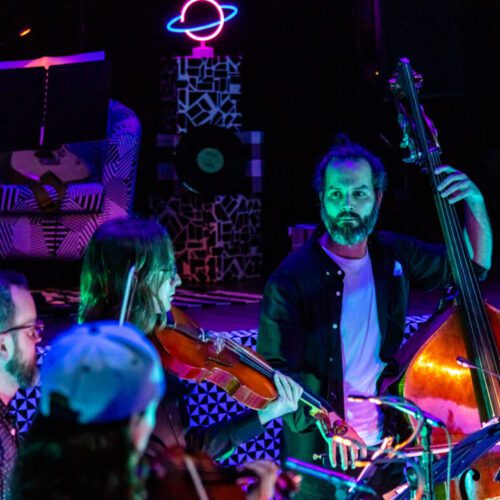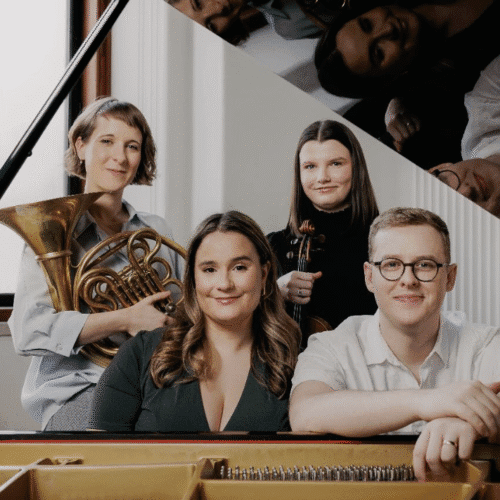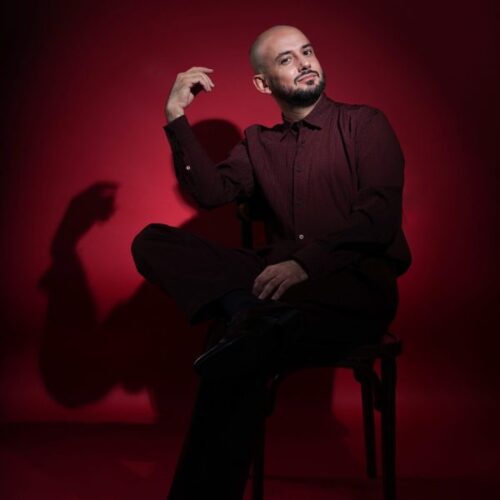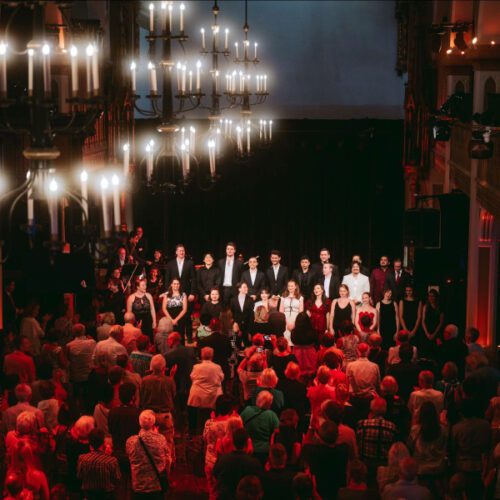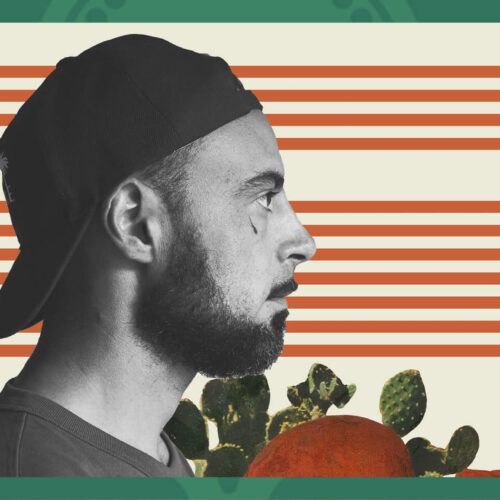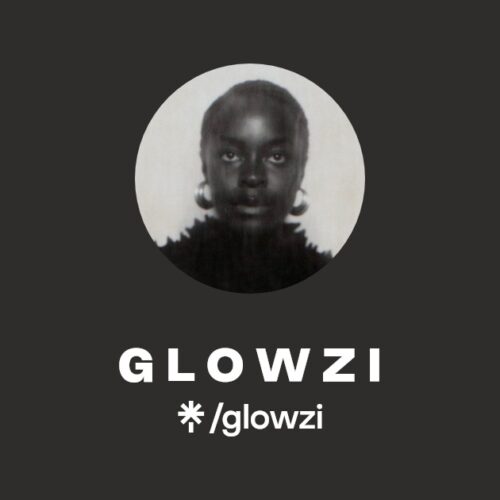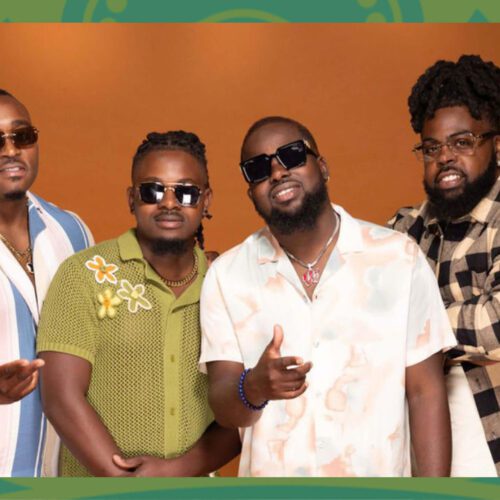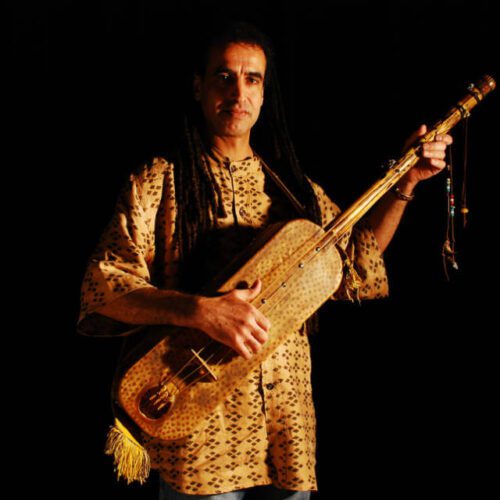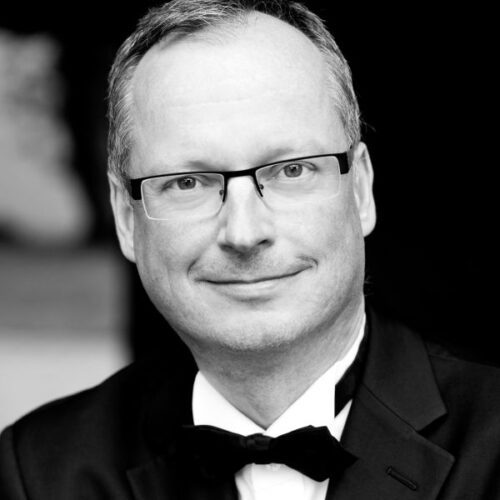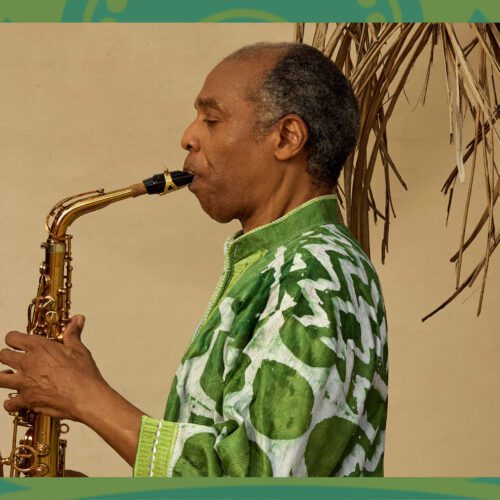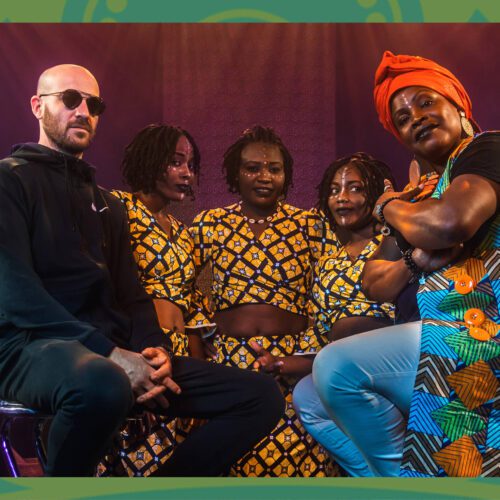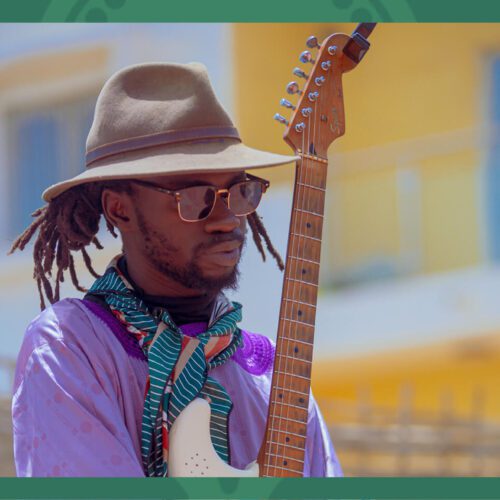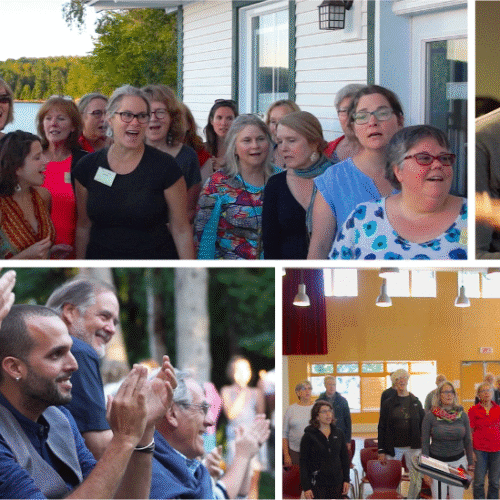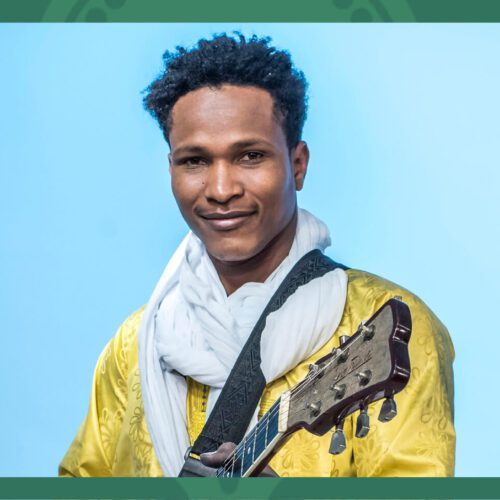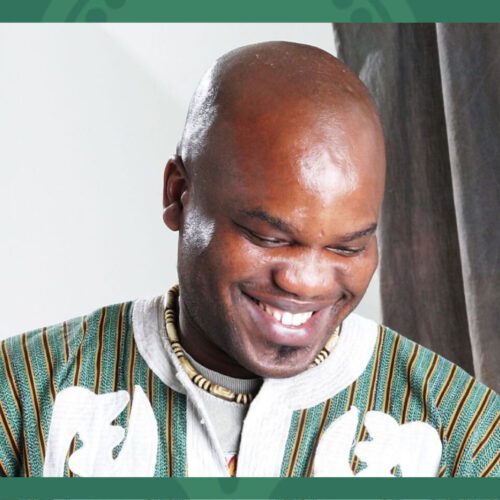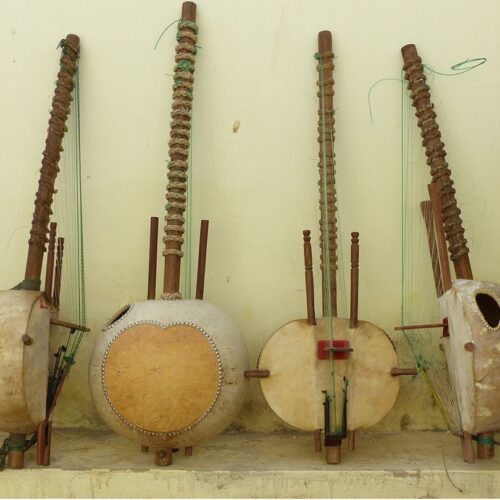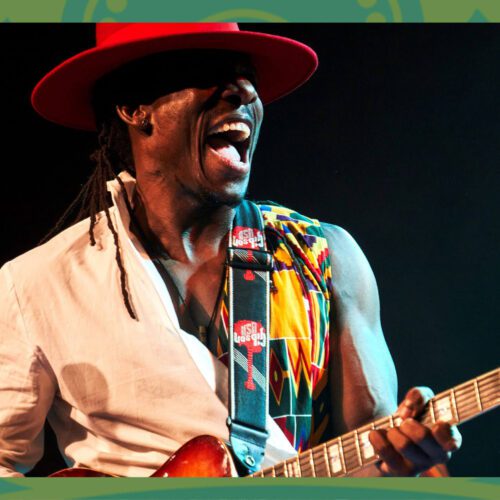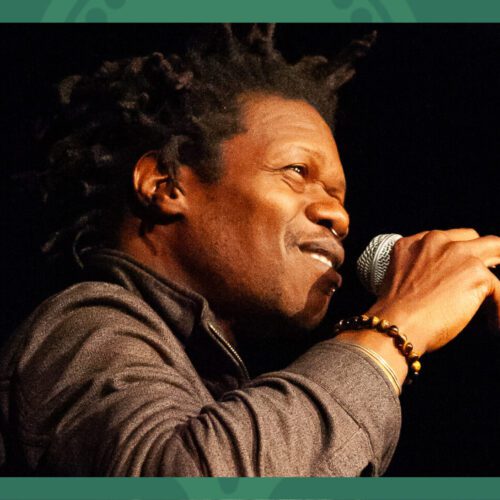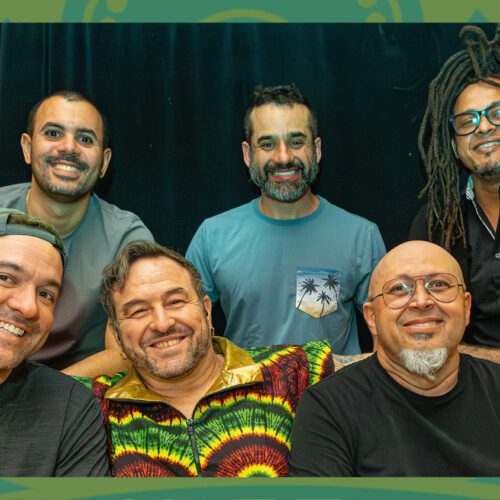Additional Information
Vocalist and tenor sax player, Camille Thurman performed on the Molson Pub Stage with her husband Darrell Green on drums and excellent sidemen.
This was “classic” jazz.
Versions of great jazz, McCoy Tyner Atlantis for example, to Burt Bacharach’s classic pop Close to You, Camille Turman showed her fabulous skills on the tenor, powerful and warm sound, deep harmonic knowledge, excellent articulation. And her voice! Magnificent contralto, with a great taste, lushy and elegant phrases. Obviously, Jazz gods are on her side.
And this is why, any jazz aficionado attending PAN M 360 must know Camille Thurman, who became a Montreal hidden treasure.
Not for long !
Saxophone virtuoso and sublime vocalist, this gifted artist from NYC is deeply rooted in the jazz tradition and becoming one of the leading creators and performers of the art form. Now assistant professor in Jazz Performance at the McGill University Schulich School of Music, she pursues a double career of performer and educator.
Montreal is blessed to count on an artist of this level, just look at her prices and honors: among others, NAACP Image Award Nominee for Outstanding Jazz Album, recipient of the SOUTH Arts Creative Jazz Road Artistic Residency, Downbeat Magazine’s Critics Poll Nominee for Rising Star Tenor Saxophonist and Vocalist and Rising New Artist (2023, 2022, 2021 & 2020), two-time winner of the ASCAP Herb Alpert Young Jazz Composers Award.
Camille Thurman was the first woman in 30 years to tour, record, and perform full-time internationally with the world-renowned Jazz at Lincoln Center Orchestra as a saxophonist/woodwind doubler (2018-2020 season).
PAN M 360: Camille, you’re now living in Montreal because you’re teaching at McGill University. However for music lovers it’s probably more important that you are a great soloist on tenor saxophone and also a great vocalist. Your talent led you among the best, for example the Jazz at the Lincoln Center Orchestra, with Wynton. I won’t name-drop allo your achievements. But Montreal must know you live here and you perform as leader on the last day of the Montreal Jazz Fest. So what and how did you move to Montreal?
Camille Thurman: Well, during the pandemic, I just left the Jazz at Lincoln Center Orchestra, and I decided to go back into performing full-time with my project, Camille Thurman and the Darrell Green Quartet, because I’d put that on hold for two years. And we were performing and touring, and I got an opportunity to apply for a professorship up here.
Then I was teaching at the University of Northern Colorado, and my best friend encouraged me. She said, you know, you should apply for this position. And I was like, I don’t know, I mean, I’m working here in New York, and we’re touring. So close to New York. And she was like, well, just give it a try, if it works, it works, if it doesn’t, it doesn’t.
And at the time, my husband, Darrell Green, was applying for a professorship in Vienna. So we both were kind of at a crossroads, where if he got the Vienna professorship, I’d go with him. And if I got Montreal, we’ll see what happens. And sure enough, everything worked out. I did the interview.
Then they said, okay, can you come back for another interview? And I said, okay. And then we did a live class session, and I think it was like a couple of weeks later, they said, hey, we would love to have you, and we would love to have your husband, too.
PAN M 360: That’s the perfect deal !
Camille Thurman: Yeah. I mean, we both were shocked, because it’s not often that you have two world touring musicians finding those jobs. And very close to your hometown. Yeah, close to home, we come to teach at a world-class university in Canada, and most importantly, share what we love and do professionally. Yeah. I mean, and of course, the faculty there was incredible, too, so we thought, okay, let’s take a chance. And we still ended up saying, okay, well, we’re going to live in Montreal part-time, we’re going to live in New York part-time, because our business is still based in New York. And that’s what we’ve been doing: touring, performing, teaching.
PAN M 360: And because the connection between Montreal and New York is strong, it is an ideal situation ! You know that a lot of Montrealers go more often to NYC than Toronto, especially for the music in our case.
Camille Thurman: Oh, yeah, the Montreal students told us. Every time we would go for the Winter Jazz Fest, students would tell us, hey, we’re going to take a car, seven of us are sharing a hotel room, we’re going to see y’all.
PAN M 360: And if you look at the architecture of Montreal, it often looks like Brooklyn and Queens, for example.
Camille Thurman: Yeah, it’s so true.
PAN M 360: Both are East Coast cities of the Industrial Revolution. Boston, Montreal, and New York are very connected, historically. Yeah, and the history, too. Yeah, well, the Mont-Royal Park has designed by Holmsted, who did the Central Park and Prospect Park in NYC.
Camille Thurman: That’s right. Yeah. And then jazz history, too.
I mean, Oscar Peterson.
PAN M 360: Yeah OP without a doubt ! So you’re involved, also, with your husband, you are both band leaders, artists in the same business ! It’s also a perfect match for professional life and private life, because you can travel together, you teach together in the same school, so how can you expect better ?!
Camille Thurman: Yeah, we create together. I’m extremely blessed to have met and get to work with Darrel Green. He’s a phenomenal drummer. Yeah, and of course, an incredible educator. It’s just been such a great blessing working with him and collaborating on our projects together.
We both have our own background, but bringing that together, it’s just been such a treat to be able to tour and perform the music that we compose and write together, and then double teach the students, and they watch it. We can be touring over the weekend somewhere, and then get to class 10 a.m. on a Tuesday morning and be like, okay, class, let’s talk about some chord changes today, and the kids are like, okay, so we saw you on Instagram, y’all are in such and such, how is that gig ? But let’s talk about that, and you’re like, no, no, no, let’s deal with the lesson.
PAN M 360: Well, you can do both, but it’s always very attractive for students to have a persona like yours to be a sort of role model at the same time, so they’re obviously interested in your performances. And I suppose they transcribe your solos haha!
Camille Thurman: It’s such a joy, I mean, we talk about the students all the time whenever we finish courses, and we’re always thinking, okay, well, what if we did this, or what if we did that? So it’s beautiful to see that there is a connection between us. They’re watching us, and we’re trying to make sure we’re giving them the best that we can give them when we’re with them.
PAN M 360 : What is your perception of Montreal after a few months living here?
Camille Thurman: When I first got here, it reminded me of being in Europe but with a North America vibe. So, you don’t have to fly six hours. It’s right here. And the people have been wonderful. The students that we’ve been working with at McGill have been fantastic to work with. And then it’s just that the scene is just vibrant. Wonderful professors too – John Hollenbeck, Joe Sullivan, Kevin Dean, Jean-Michel Pilc, Ranee Lee…
PAN M 360: Cool, cool. Now, let’s talk about the music that you’re performing this summer. Can you describe the band and the repertoire you’re performing?
Camille Thurman: Sure. Well, we just are now wrapping up a tour that we’ve been on for the last week and a half. We started off in New York City at Dizzy’s Club Coca-Cola, we ended up in Wisconsin, and then we ended up in Chicago, and then we just finished in Cincinnati, and Montreal is the last stop. Yeah, it’s been a great week and a half of just playing and meeting people. The band, I am proud to say, is one of the fiercest cats, well, they’re all fierce musicians. You have Paul Beaudry on the bass. He’s phenomenal as a bassist, and he’s a band leader in his own right. We also have a young up-and-coming pianist who’s talented from Philadelphia by the name of Jordan Williams. We also have a wonderful young lion on trumpet, Wallace Roney Jr, son of Wallace Roney and Geri Allen. And then, of course, we have Darrel Green on the drums, and then yours truly on voice and saxophone.
PAN M 360 : And the repertoire you’re actually presenting ?
Camille Thurman: We just released an album called Confluence Vol.1 Alhambra. We’re going to play some of the pieces off of that project, as well as some other pieces from some different projects that we’ve been working on – we’ve been working on a project that features the music of Burt Bacharach that we kind of reimagined and rearranged in a whole new way, and so far the audiences have been liking it.
PAN M 360: About your voice, you grew up as an excellent student, and finally you found out you were also a singer.
Camille Thurman: It’s funny, because I had an interesting journey in discovering my voice, and in fact, I kept it a secret that I would sing. Because when I was much younger and I started playing the saxophone, I knew right away, being a young lady playing a tenor saxophone, people would just kind of look at you and like, oh, you don’t play that thing.
And after over and over dealing with that at 13 or 14, I was like, I’m never going to say that I’m a singer, because they always assume a singer. I’m just going to try to be the best that I could be on the saxophone. And it wasn’t until my 20s that my mentor, Antoine Roney, encouraged me to also sing professionally. And said, you know, some of the greatest musicians in the world were both singers and instrumentalists – Shirley Horne, Nat King Cole, Louis Jordan… Then something just clicked.
I was like, what am I doing? I’m sitting on a beautiful gift that God blessed me. It’s two gifts. And Antoine really helped me as a mentor shape and mold the vision that I wanted as a vocalist and an instrumentalist.
And it opened up my mind. There’s things that vocally I think now I have a freer understanding of exploring because I play the saxophone and vice versa. There’s things as a saxophonist I have a freer understanding and exploring because of my knowledge as a vocalist.
PAN M 360: As a tenor player, did you have some role models ?
Camille Thurman: Oh, yeah. Antoine Roney. Antoine, yeah. George Coleman. He’s my heart. I love him. Yeah. And then, of course, Joe Henderson, John Coltrane, Dexter Gordon.
PAN M 360: Yeah. The lineage. And you are into this tradition yourself.
Camille Thurman: Thank you. Yeah.
PAN M 360: You have a sort of, I wouldn’t say classical jazz approach, but you’re very, very close to tradition. You’re into this lineage. Your contribution at first glance is not so evident, but when we go deep, it’s like a classical musician now. Every great player has their own voice, but we have to listen very carefully to discover it :when it’s rooted in the jazz tradition.
Camille Thurman: Yeah. I believe that when people inspire you, there’s pieces of people that represent who you are as a whole artist. And for me, I grew up listening and inspired by so many artists. And again, because of playing and singing, it’s created this unique sound. Yeah.
PAN M 360: About your training. How much time do you spend on your voice and your saxophone playing?
Camille Thurman: I don’t calculate that. I mean, I think it’s just a matter of you always constantly thinking about the music. So it’s not a matter of, okay, I’m going to set aside 10 hours of practice. It’s whether you’re traveling or you’re walking, you’re always thinking and working it out.
PAN M 360: Do you try to reach a balance between your voice and tenor playing ?
Camille Thurman: I just see them as one entity. And the voice is an instrument in itself.
PAN M 360: It gives you a unique perspective in approaching sound, harmony, melody, phrasing, and I just think of it as one whole instrument.
Camille Thurman : That’s true.
PAN M 360: And the best way to approach a melodic instrument is to think about the voice.Camille Thurman: That’s right. It’s the foundation of all music. The voice is the first ever instrument and it still is.
Photo: Emmanuel Novak Bélanger
